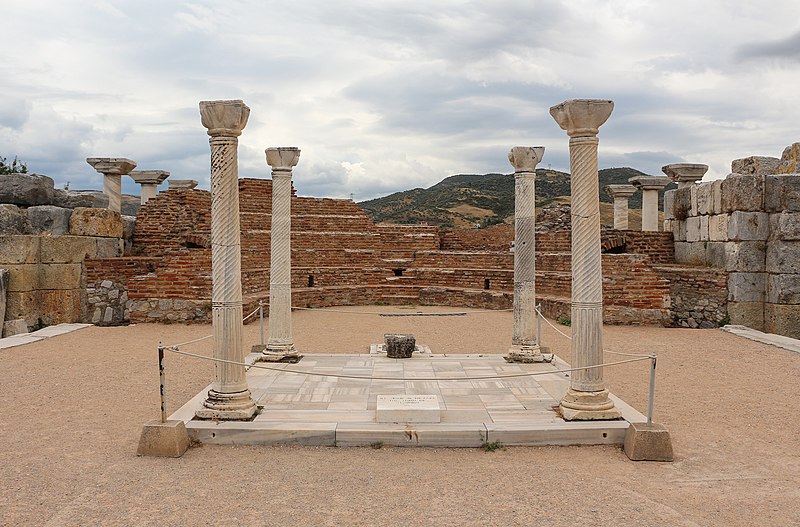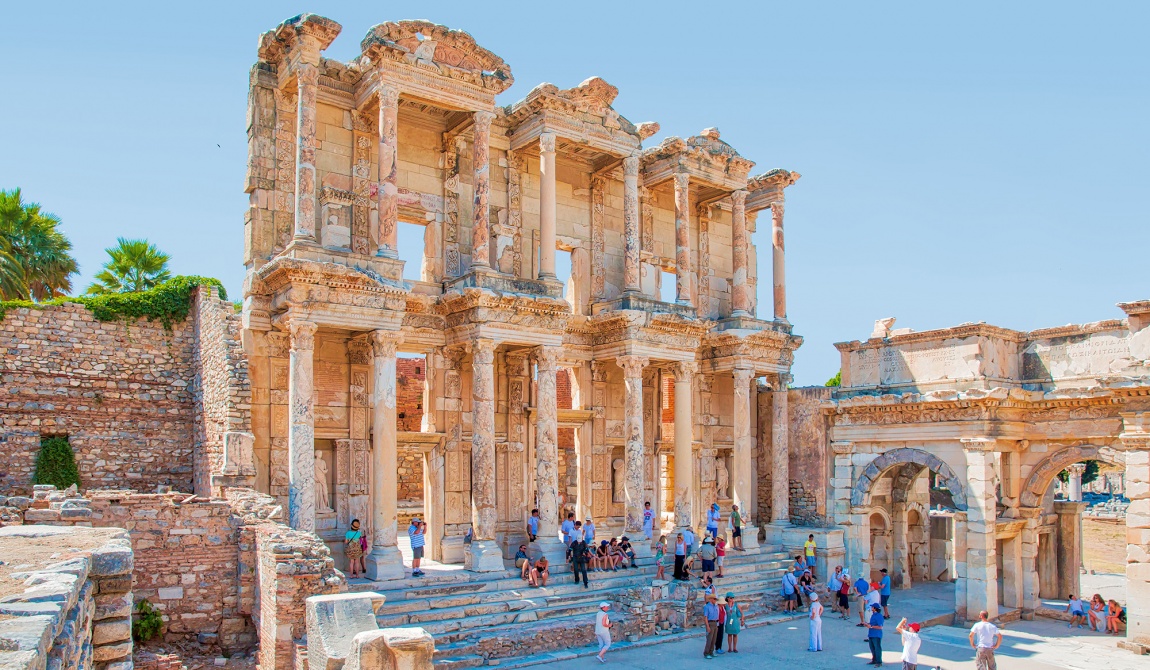 History
HistoryEphesus: Best Example of Roman & Greek History in Anatolia
By SU Magazin / 2022-11-02Many ancient cities have risen and fallen in the borders of modern-day Turkey. And Ephesus Ancient City is one of these cities. The site is added to UNESCO World Heritage List in 2015. What makes the Ephesus so important and such a magnificent site to visit are the history and the well-preserved situation of the ruins that are left. The oldest evidence of settled life in the Ephesus region dates back to 6000 BC. But left from Ephesus are from the Greek and Roman eras. At its peak, Ephesus was the most important Greek city and had a significant role in the spread of Christianity.
These are some of the pieces left from the once the most powerful city in the whole Roman Empire. Walk on cobblestone lanes, witness the archeological excavations, and marveled at the enormous amphitheater and stunning Library of Celsus.
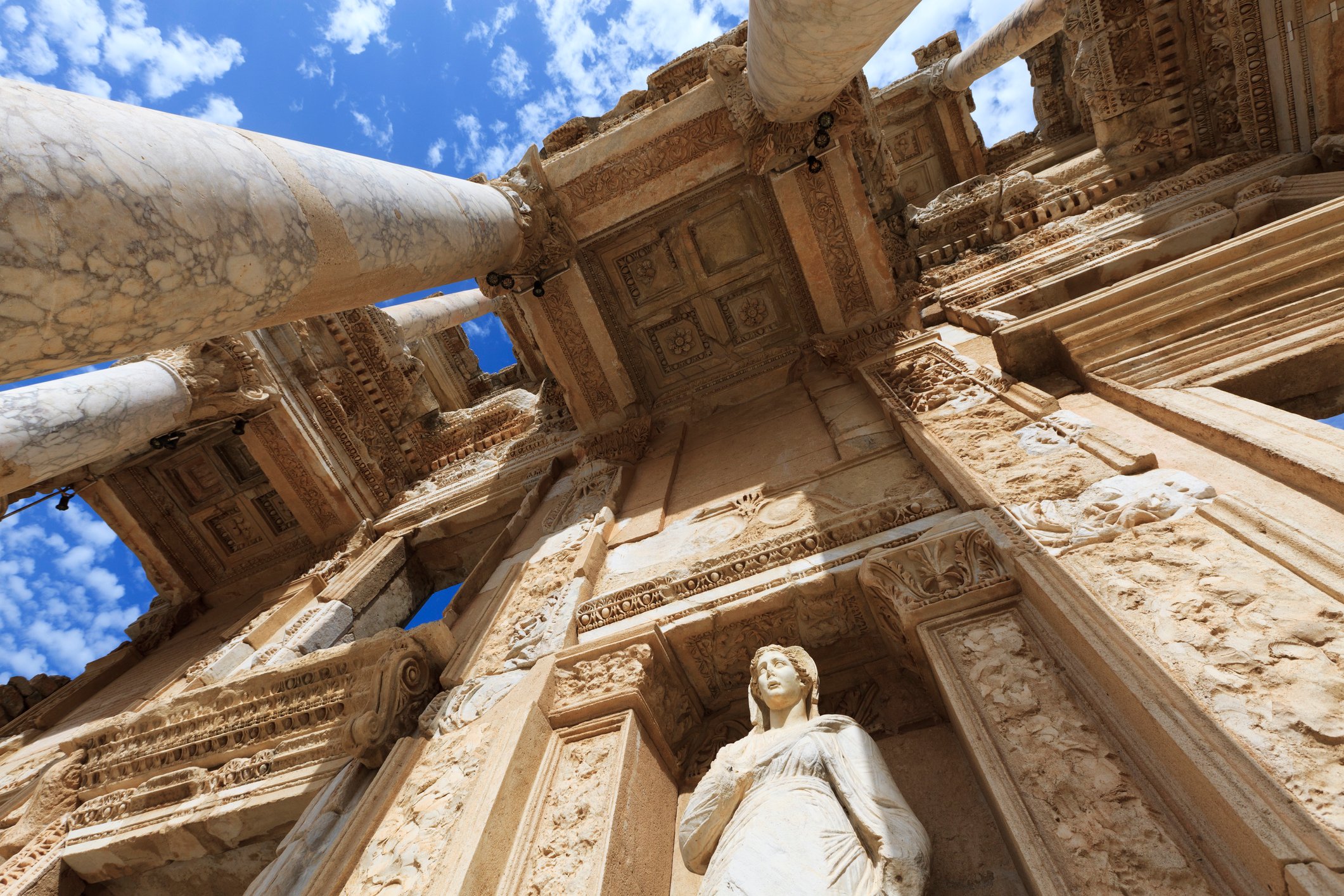
Library of Celsus
The famous colonnade face of the Library of Celsus is originally built in 125 AD. The library is considered an architectural marvel and is one of the only remaining examples of a library from the Roman Empire. The Library of Celsus is believed to have 12.000 scrolls. It is the face of Ephesus.
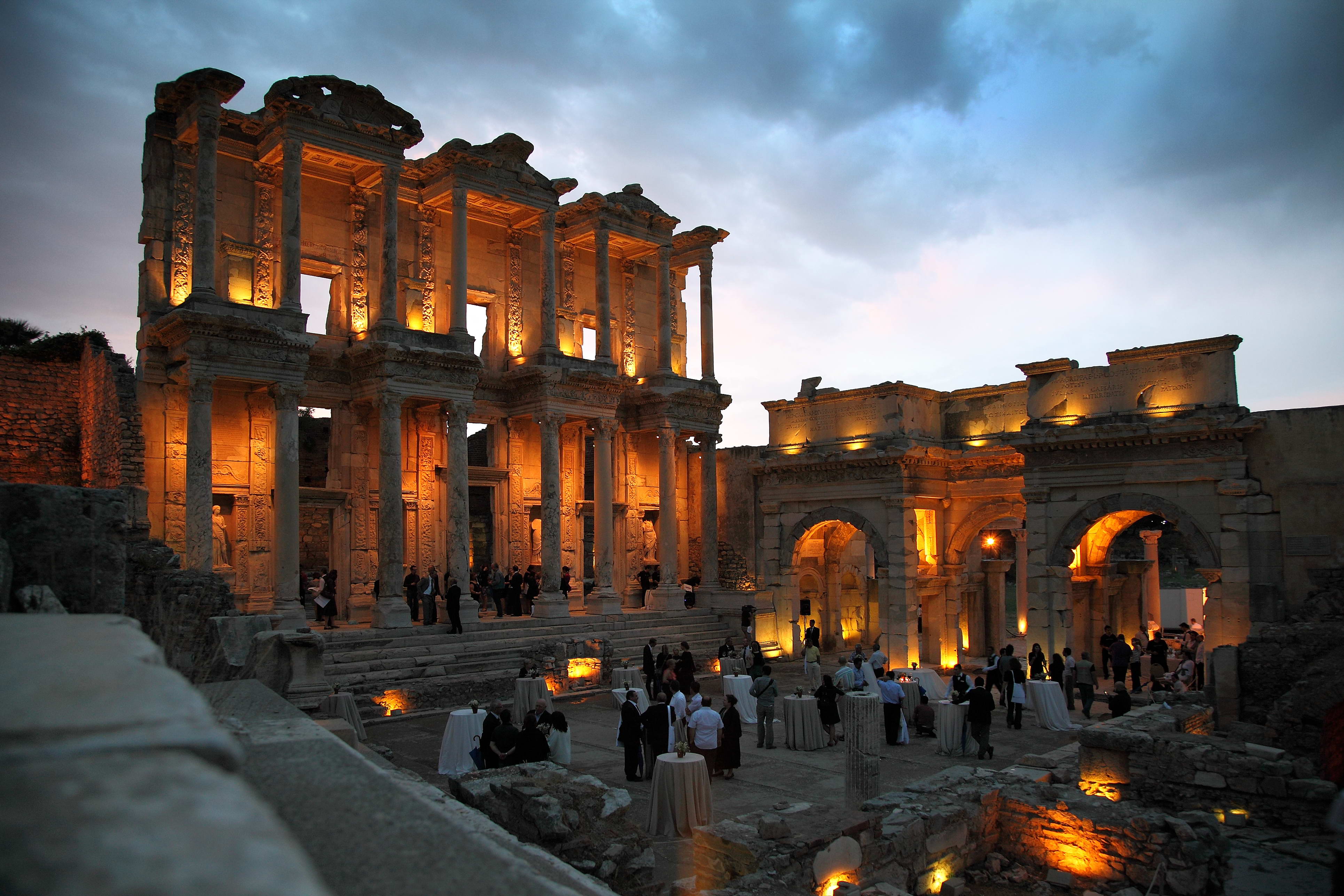
The Great Theater of Ephesus
Built-in the Hellenistic Period 3rd BC the theatre was enlarged by Romans to what is seen today. It is the largest theatre in Anatolia, possibly the largest outdoor theater in the ancient world with a seating capacity of 25,000. The theatre hosted plays, concerts, and religious, political, and philosophical discussions. Even gladiator and animal fights are held in this massive structure.
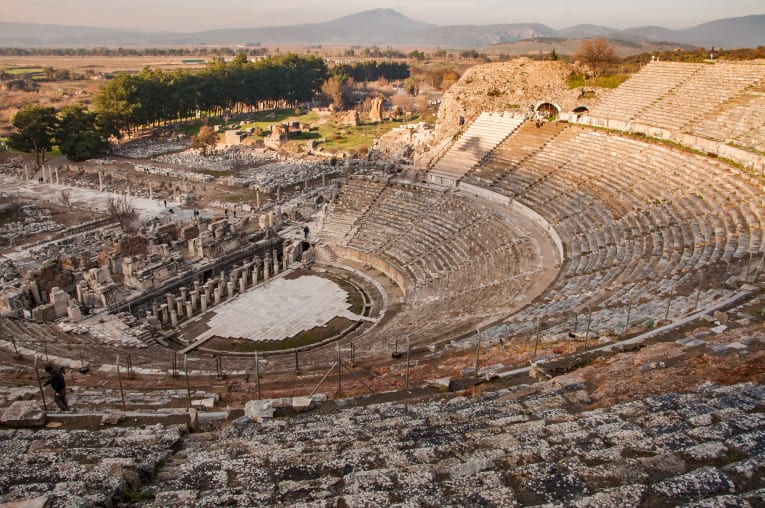
Temple of Hadrian
This temple dedicated to Emperor Hadrian is considered one of the best preserved and most beautiful structures in Ephesus. It was constructed at the beginning of the 2nd century AD and dedicated to Empire Hadrian. He was considered one of the Five Good Emperors. This term is used for the Roman emperors that succeeded in winning the support and cooperation of the senate.
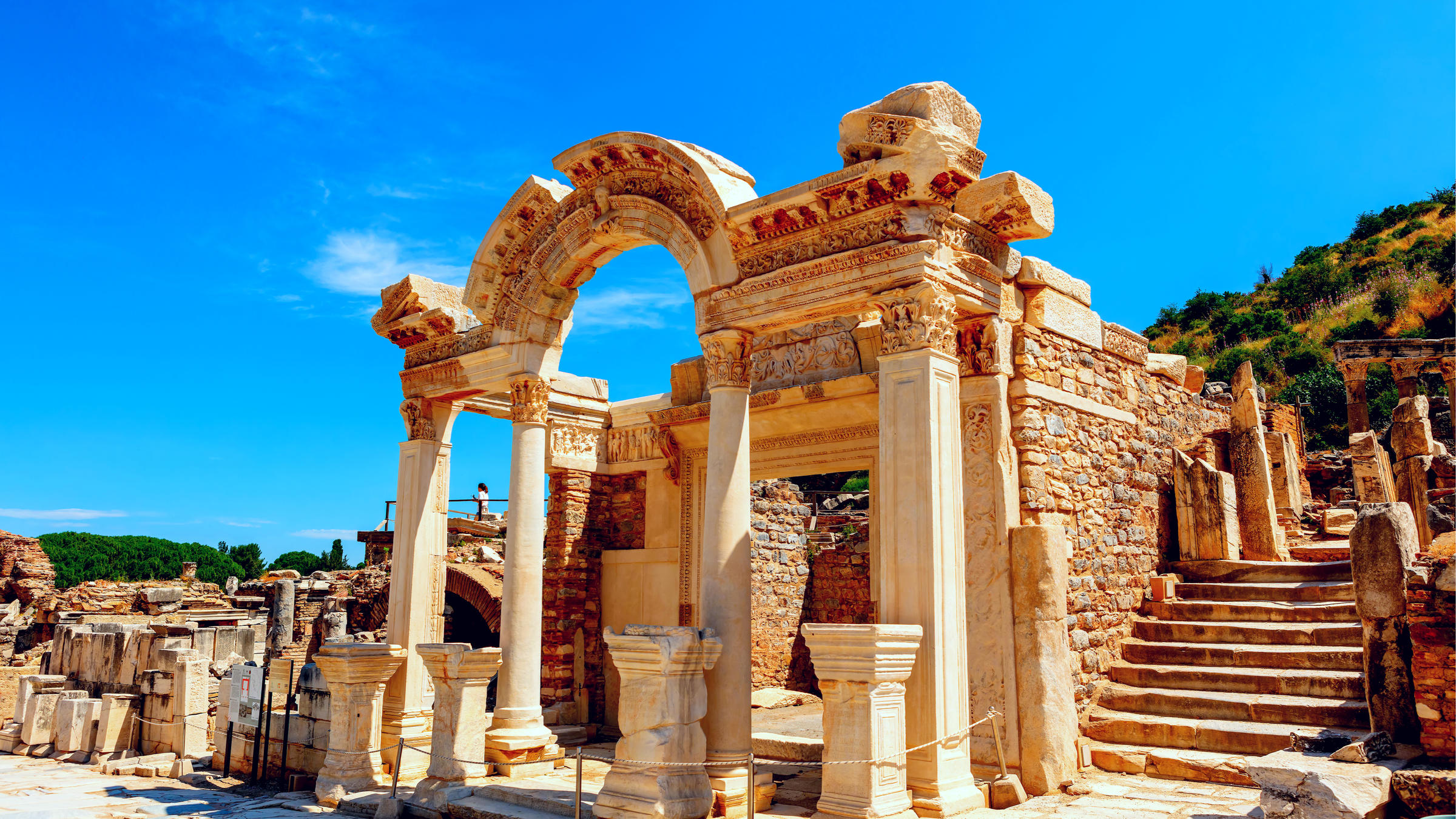
The Terrace Houses
The Terrace Houses complex in Ephesus consists of luxurious residential villas, next to Curetes Street and opposite the Temple of Hadrian. The most beautiful frescoed walls and marvelous mosaic floors are on display. The houses are well preserved since they were built with expensive materials of the age. The excavations are an ongoing process and every day there can be a new thing to see.
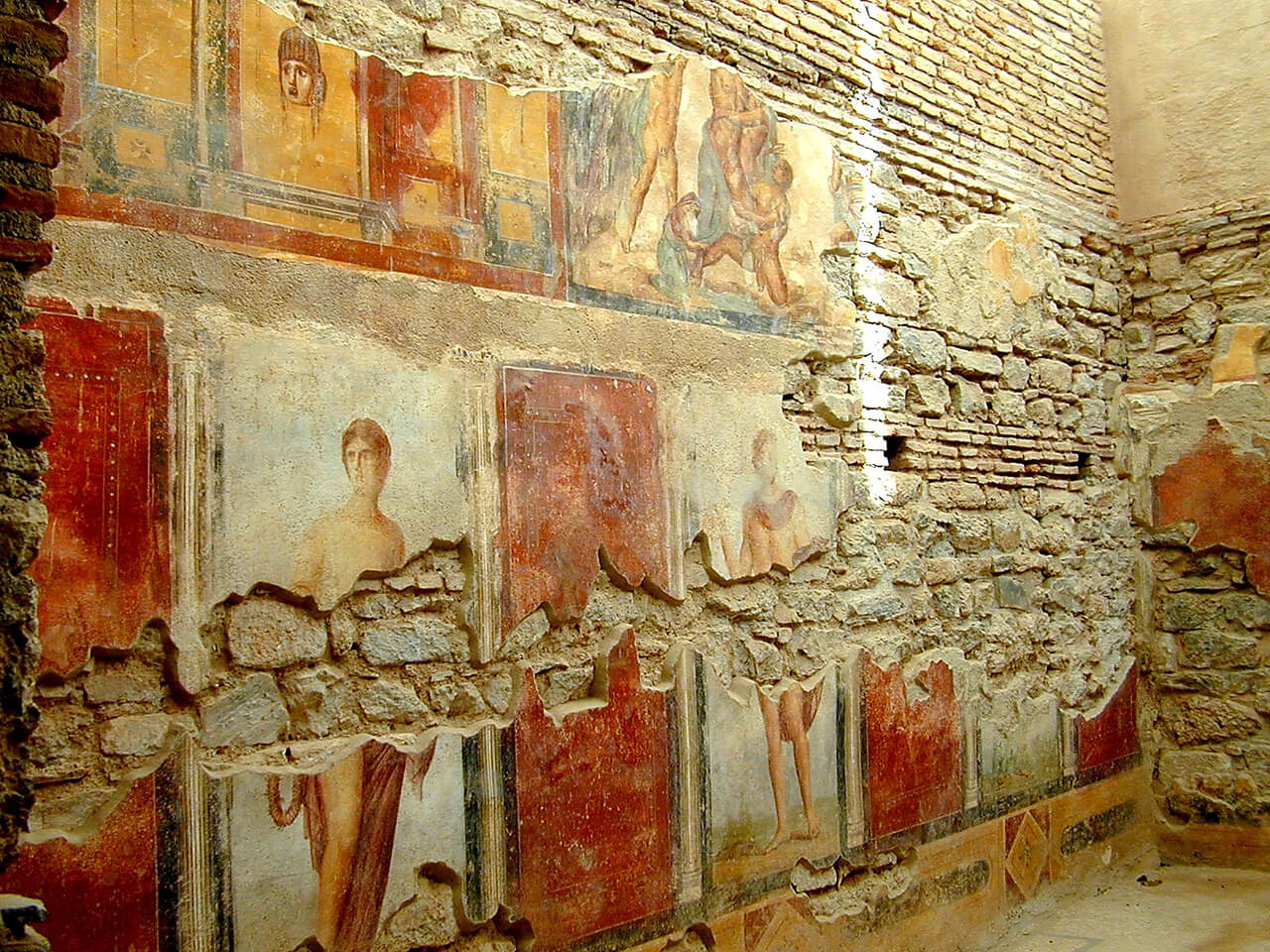
Nearby Ephesus
Temple of Artemis
The Temple of Artemis is one of the seven wonders of the ancient world. Lydian King, King Croesus rebuild the Temple of Armetis in 546BC. Artemis was the goddess of the hunt, chastity, childbirth, and animals. In the year of 356 BC a crazed man, Herostratus burned down the building. The Ephesians rebuild the temple to an even bigger size. The temple was estimated to be four times of the Parthenon. Sadly the Temple of Artemis destroys due to many reasons such as fires, earthquakes, and looting.
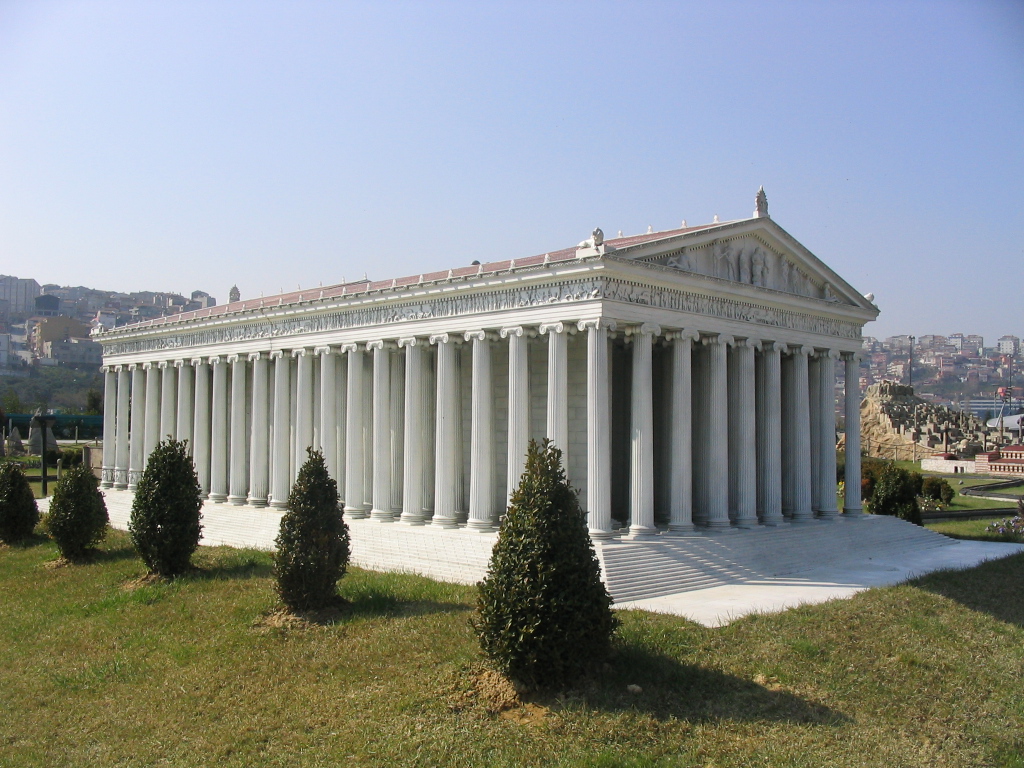
Ephesus Archaeological Museum
It houses finds from the nearby Ephesus excavation site. The best-known artifact is the statue of the Greek Goddess Artemis. There are approximately 64 thousand pieces exhibited in the Ephesus Museum. Some of the sculptures are almost immaculate in their preservation. Perfect place to complete the image of Ephesus you have in your head.
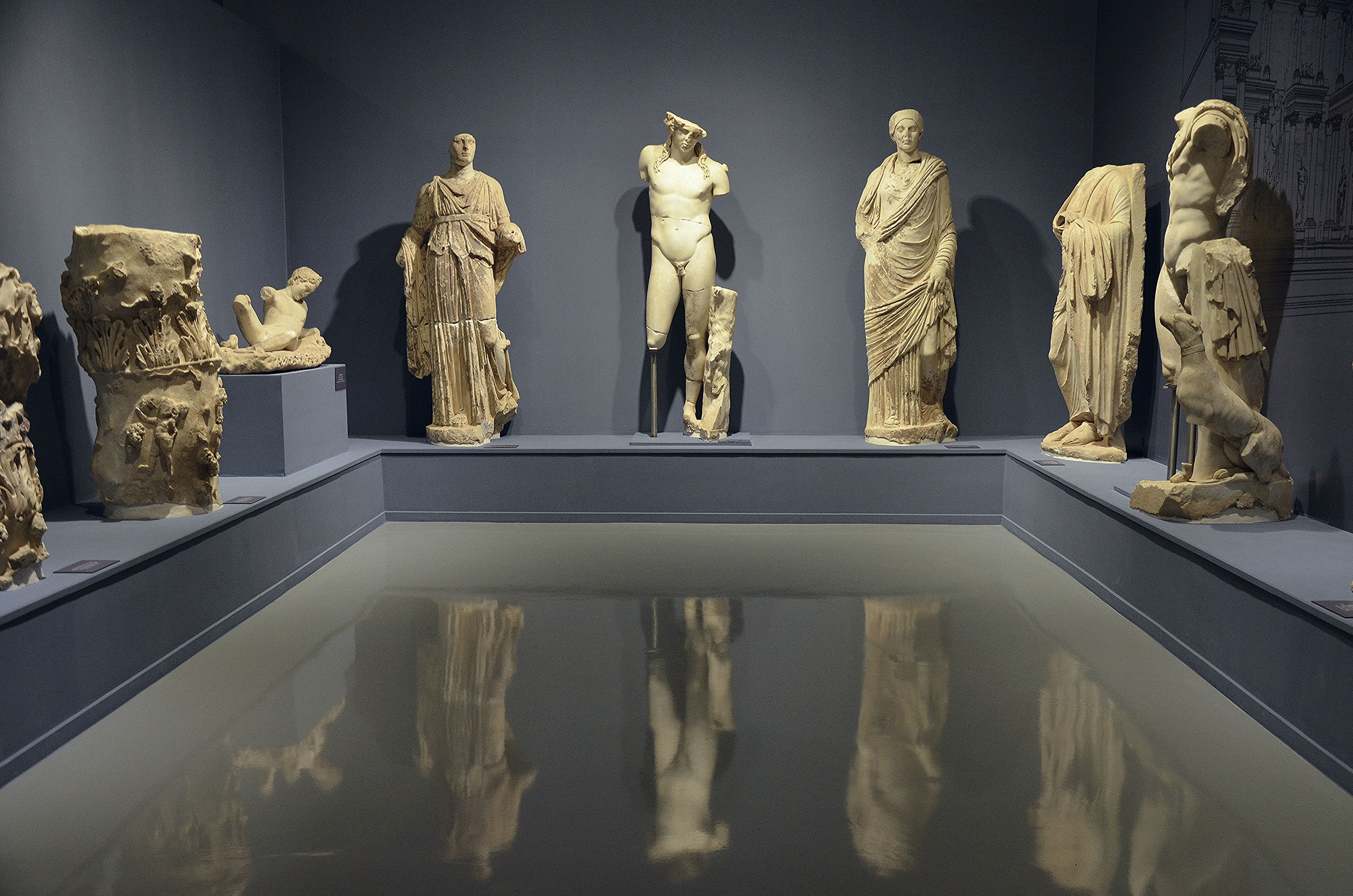
Basilica of St. John
The Basilica of St. John was constructed by Justinian I in the 6th century. It stands over the believed burial site of John the Apostle. It is an important location for the Christin world and it shows the importance of Ephesus in Early Christianity. Ayasoluk Castle is near the ruins of the basilica. A place worth visiting as well.
